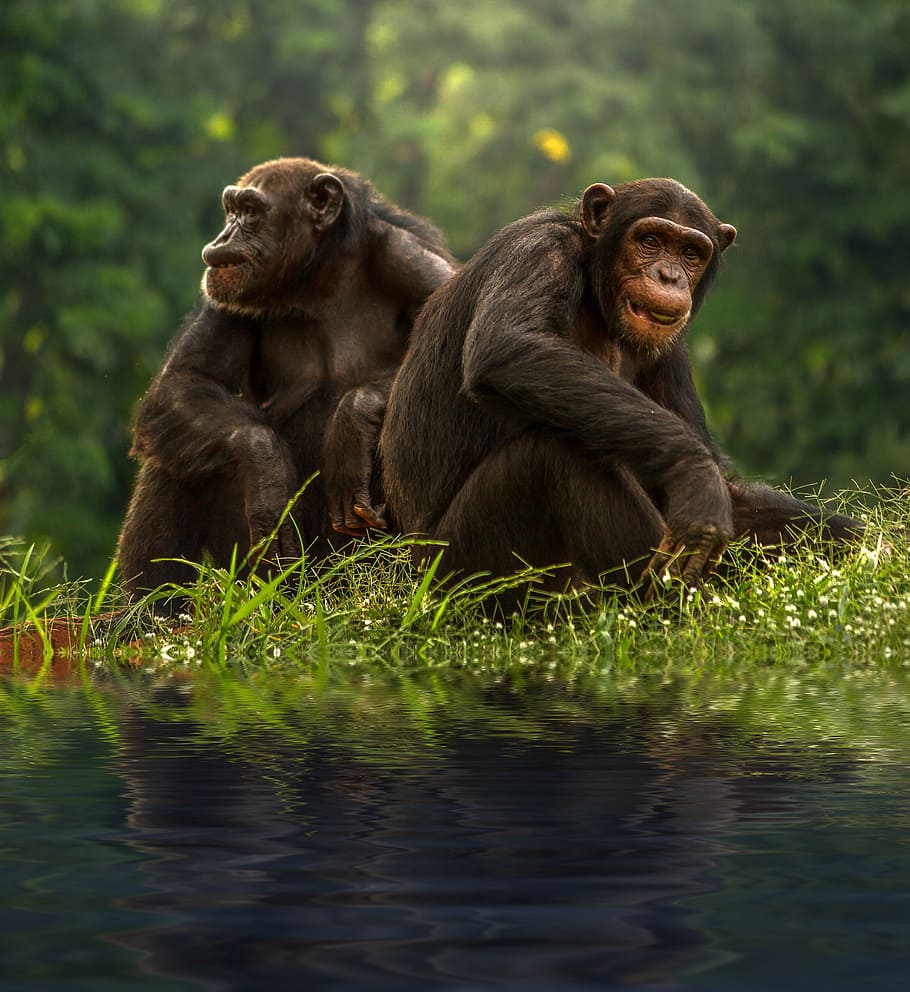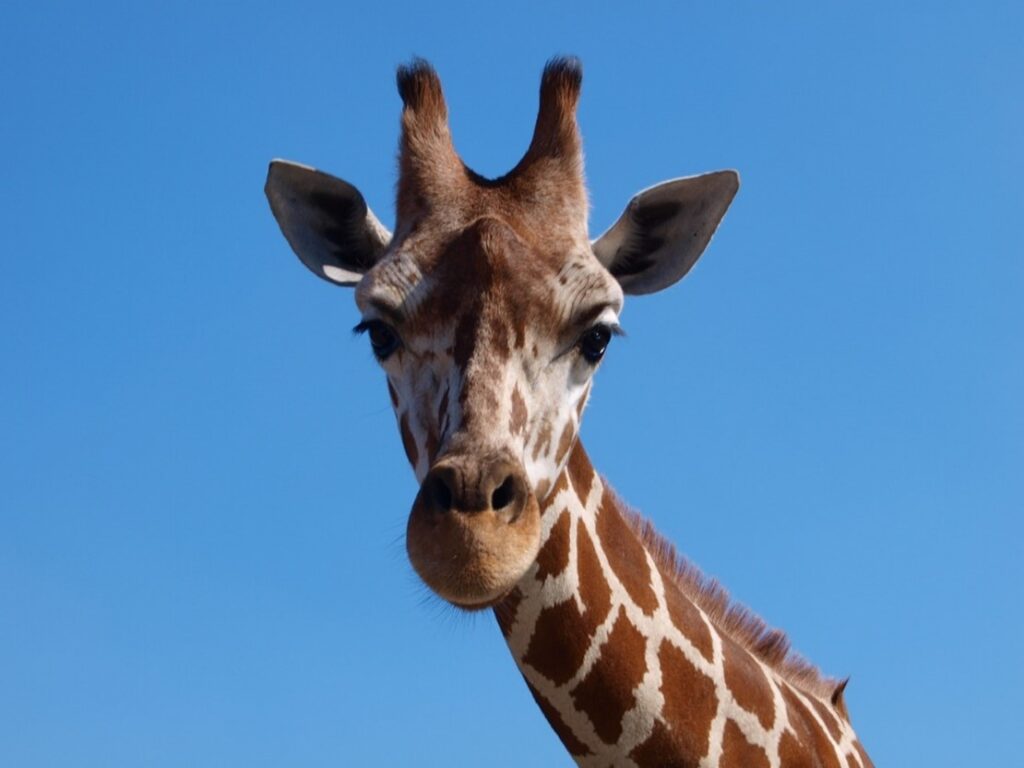
Source: szirinada
By Mariana Meneses
What can studying chimpanzee behavior tell us about the origins and evolution of humans?
Citizen scientists are being tasked with observation of video footage of chimps in Africa to help researchers arrive at conclusions which could also assist in conservation strategies.
In the article Similarities in Human and Chimpanzee Behavior Support Evolutionary Basis for Risk-taking, researchers showed that humans and chimpanzees share many behavioral similarities, and suggest that the two species diverged from a common ancestor relatively recently in evolutionary history.
The authors analyzed data on the behavior of chimpanzees and humans from a variety of sources, including field studies, laboratory experiments, and fossil records, and found that humans and chimpanzees share many behavioral similarities, including:
- Tool use: Both humans and chimpanzees use tools to obtain food and other resources. For example, chimpanzees have been observed using sticks to fish for termites.
- Warfare: Both humans and chimpanzees engage in warfare, which is the use of violence between groups of individuals. Chimpanzees have been observed engaging in raids on neighboring groups, and humans have a long history of warfare.
- Social organization: Both humans and chimpanzees live in complex social groups with a hierarchical structure. Chimpanzee groups are typically led by a dominant male, and human societies are often divided into social classes.
The authors of the study estimate that the common ancestor of humans and chimpanzees lived between 5 and 8 million years ago, and that the similarities between human and chimpanzee behavior may be due to convergent evolution, rather than common ancestry.
Convergent evolution is the process by which unrelated organisms independently evolve similar traits in response to similar environmental pressures. In the case of humans and chimpanzees, the authors suggest that the environmental pressure that led to the evolution of similar behavior was the need to adapt to life in a complex social environment. Their findings have important implications for our understanding of human evolution.

Chimpanzees. Source: Wallpaper Flare
A citizen science project called Chimp & See and hosted in Zooniverse allows you to explore Tropical Africa.
The researchers believe that because humans and chimps are so closely related, studying patterns in chimpanzee behavior can tell us more about the origins of humanity, or how the earliest hominids lived and evolved. For instance, since many theories tie human evolution to meat-eating and tool use, studying when, where, and how such behavior is more prominent can inform us about the evolutionary scenarios that led to the rise of our species.
Citizen scientists can participate in Chimp & See by watching videos and helping to identify different types of species and activities.
According to the project’s homepage, they have collected “nearly 7,000 hours of footage, reflecting various chimpanzee habitats, from camera traps in 15 countries across Africa. We are also collecting a wide variety of organic samples from these sites, such as feces, hair, and plant matter, and information on the ecology and environment of each habitat.”
The knowledge derived from this project will also contribute to informing conservation strategies, by documenting wildlife populations and biodiversity in these areas. The researchers say that they have already documented new chimpanzee behaviors and locations where scientists believed they no longer lived.
Behind the project are organizations like the Pan African Programme, the Max Planck Institute for Evolutionary Anthropology, the German Centre for Integrative Biodiversity Research Halle-Jena-Leipzig, among others. They collaborate with organizations like WWF, the Tanzania Wildlife Research Institute and the Uganda Wildlife Authority, with funding from organizations such as the Max Planck Society Innovation Fund.
According to BMC Biology, tropical Africa is home to some of the most important species-rich biodiversity regions in the world.
From the second largest extent of continuous rain forest in the world, the Congo basin, to the Namib dessert, tropical Africa is a land of strong biodiversity contrasts. The journal Science reports that major threats to biodiversity, especially in areas of exceptional plant diversity, primarily in the tropics, are often linked to industrial-scale activities such as timber exploitation or large plantations, mining, and agriculture. Science also reports that a third of the tropical African flora is potentially threatened with extinction.
Together, we hold the power to nurture the flourishing of science and safeguard species, recognizing that in an interconnected world the preservation of wildlife is tantamount to the preservation of ourselves. Amidst the incredible biodiversity that thrives in tropical Africa, we confront significant threats necessitating urgent action. Yet, through our dedication, we forge a hopeful path, safeguarding these vital ecosystems and charting a future where science and the conservation of species intertwine harmoniously.

Giraffe. Source: Mopsgesicht
Check out another TQR article, where we featured a number of citizen science projects.
If can also check out some of these handpicked TQR articles:
- Mega-trees: The Critical Role and Vulnerabilities of Nature’s Giants in Forest Ecosystems and Climate Change Mitigation
- Saving the Planet: Nobel Prize Recognizes Climate Science, but Will Mindsets Change in Time to Sustain Nature’s Potential and Value?
- New Light on Nature’s Technology Connects Plant-Microbe Interactions and Climate Change
- Financing Climate Change and Abolishing the Obsolete Zero-Cost Assumption for Natural Resources
- Wild Mathematics: Scientific Evidence of the Numerical Abilities of Animals



